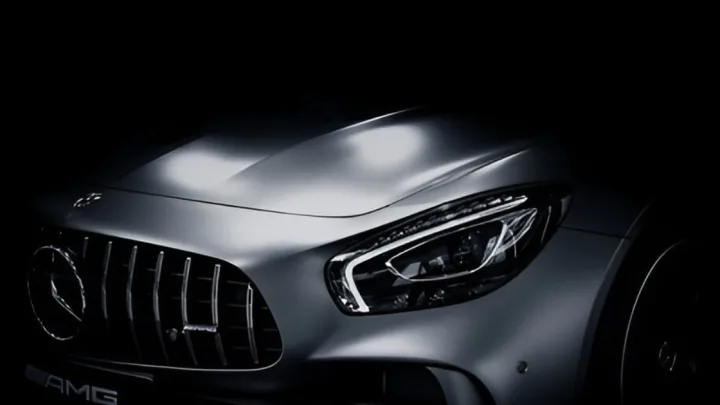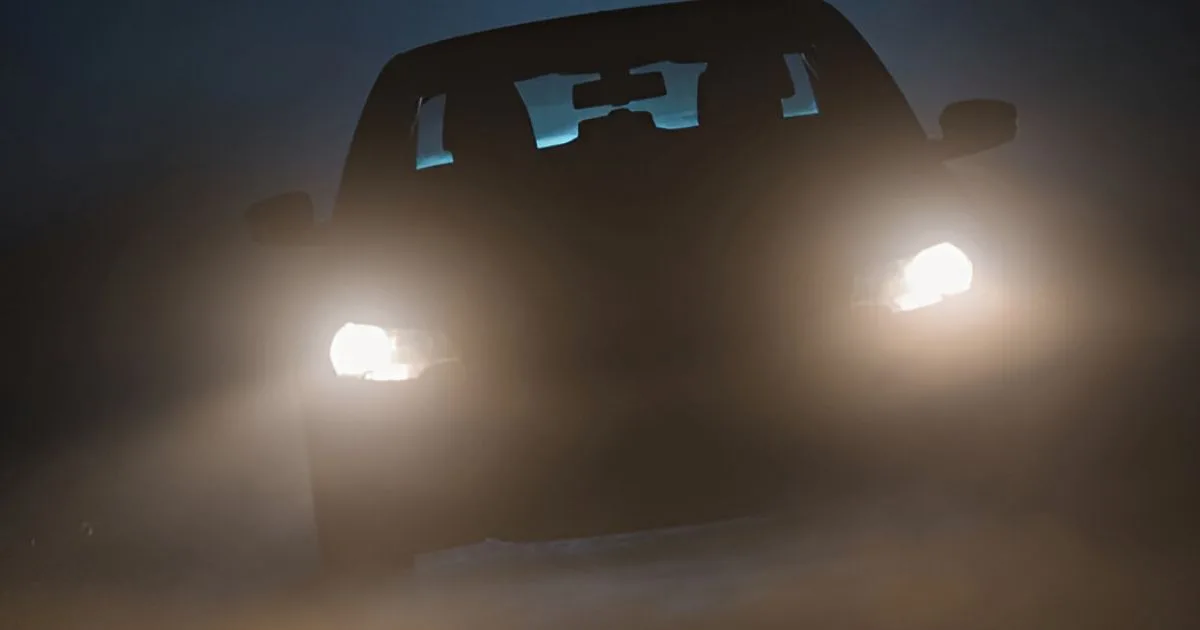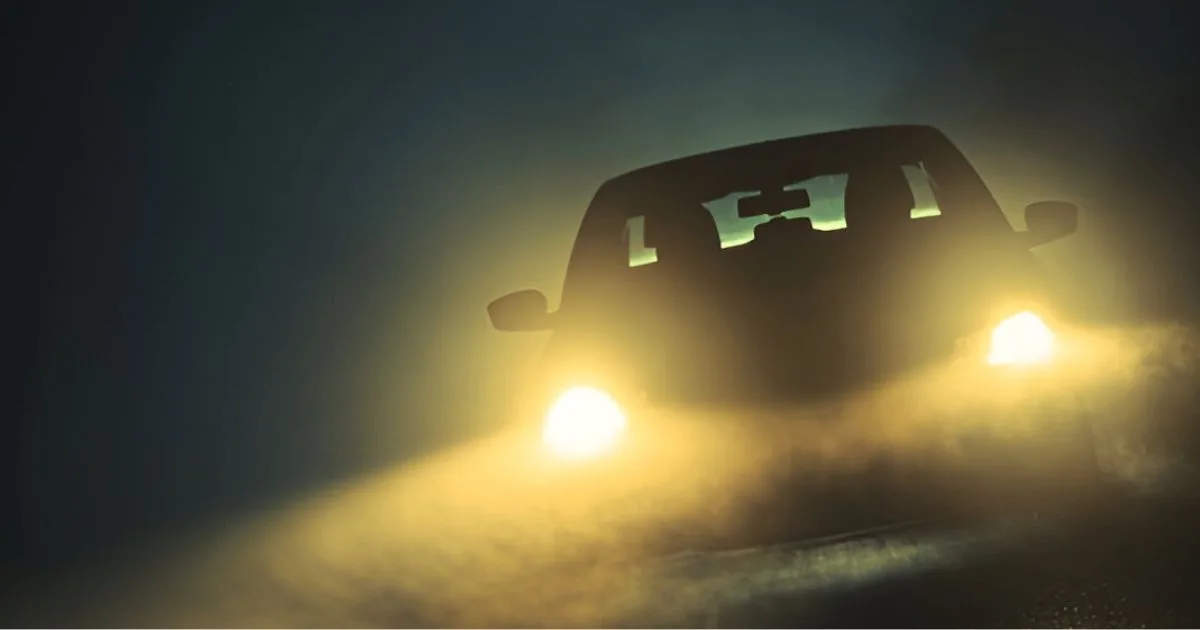
Brightening up your drive is essential for safety and aesthetics, and the ultimate guide to car headlights achieves just that. It provides detailed insights into selecting, installing, and maintaining the perfect headlights for your vehicle.
Driving at night or through challenging weather conditions demands optimal visibility. This guide serves as your beacon, offering key information on the latest in headlight technology, from LED and HID to halogen options.
It not only enhances your vehicle's appearance but significantly improves your driving experience by ensuring you can see and be seen. With advancements in automotive lighting, understanding the nuances of each headlight type empowers you to make informed decisions. Whether you're a seasoned driver or a newbie, this guide illuminates the path to a safer and more stylish journey, making it an indispensable resource for anyone looking to upgrade their ride.
The Evolution Of Car Headlights
Car headlights have come a long way since their inception. This journey reflects innovation and necessity. Brighter and more efficient systems have replaced old models. Let's explore the path from early headlights to modern LEDs.
From Candles To Leds: A Brief History
Early vehicles used candles for night-time visibility. These were dim and unreliable. Electric headlights soon replaced them. This marked a significant step in automotive history. Today, we see LED technology dominating the market.
| Year | Advancement |
|---|---|
| 1800s | Candles |
| Early 1900s | Electric Headlights |
| 1990s | HID (High-Intensity Discharge) |
| 2000s | LEDs (Light Emitting Diodes) |
Technological Advancements In Illumination
Innovation in car headlights is ongoing. Halogen lamps became popular for their brightness. Then HID lamps offered whiter, more natural light. LEDs emerged, boasting energy efficiency and a longer life span.
- Halogen: Introduced in the 1960s, these became the standard for many years.
- HID: High-Intensity Discharge lamps surfaced in the 1990s with improved visibility.
- LED: Light Emitting Diodes provide exceptional brightness with minimal power.
Future headlights promise even more. Adaptive lighting adjusts to driving conditions. Laser headlights offer intense illumination. Innovations ensure safer and more efficient drives.
Types Of Car Headlights
Car headlights are key for safe driving. They let us see at night and in bad weather. There are different types. Each has its own benefits. Let's explore the most common ones.
Halogen Lights: The Standard Choice
Halogen headlights are widely used. They are known for their longevity and affordability. Here are their features:
- Cost-effective
- Easy to replace
- Decent brightness
Hid Xenon Lights: Intense Brightness
HID Xenon lights offer more power than halogens. They produce a bright, white light. Key points include:
- High intensity
- Energy-saving
- Wider coverage
Leds: Energy Efficiency And Longevity
LED headlights stand out for efficiency and long life. They are becoming popular. Benefits are:
- Low power use
- Long-lasting
- Compact design
Laser Headlights: Cutting-edge Brightness
Laser headlights are the newest type. They offer incredible brightness and range. Here's why they shine:
- Exceptional range
- Energy-efficient
- Small in size
 Factors To Consider When Choosing Headlights
Factors To Consider When Choosing Headlights
Factors To Consider When Choosing Headlights
Choosing the right headlights is key to a safe drive. Let's explore factors to keep in mind.
Brightness And Intensity
Headlight brightness affects how well you see on the road. It's measured in lumens. More lumens mean more brightness. Bright headlights improve night vision. But too bright can blind other drivers. Aim for a balance.
Color Temperature And Visibility
Color temperature is key for visibility. It's measured in Kelvin (K). Lower Kelvin means yellower light. Higher Kelvin gives whiter or bluer light. White light is best for dark roads. It resembles daylight.
Durability And Lifespan
Consider headlight durability. LEDs last longer than halogens. Long lifespan means fewer replacements. Look for headlights with a strong build. They should withstand rough conditions.
Compatibility And Legal Requirements
Headlights must fit your car. They must meet legal standards. Check your vehicle's manual for compatibility. Ensure headlights are road legal. Illegal lights can lead to fines.

Credit: www.auxito.com
Installation And Maintenance
Let's talk about car headlights installation and maintenance. This part is key for safe driving. You can either install them yourself or get professional help. Keeping them in top shape is important too. Let's dive into how to do this right.
Diy Installation Tips
Installing car headlights by yourself can save money. It's not too hard. Here are some steps to help:
- Read your car's manual. It shows you how.
- Gather the right tools. Usually, you need screwdrivers and gloves.
- Remove old headlights. Be gentle to avoid damage.
- Install new headlights. Make sure they fit snugly.
- Test them. Turn on your car and check the lights.
Professional Installation
Sometimes, it's best to get professional help. Experts know how to handle different car models. They ensure your headlights work perfectly. This table shows why professional help is good:
| Reason | Benefit |
|---|---|
| Experience | They know exactly what to do. |
| Tools | They have all the needed tools. |
| Safety | Less risk of damage to your car. |
Regular Maintenance For Optimal Performance
Keeping your headlights clean and bright is crucial. Here is how:
- Clean them regularly. Use a soft cloth and cleaner.
- Check for dimming. Dim lights could mean a problem.
- Replace bulbs. Do this when lights seem less bright.
Remember, good headlights mean safer drives. Take care of them.
Safety Implications Of Proper Headlights
Proper headlights keep everyone safe on the road. They help us see and be seen by others. Let's dive into how they do this.
Enhancing Nighttime Visibility
- Bright headlights light up dark roads.
- They help drivers spot animals or objects on the road.
- Good lights make it easier to see signs and turns.
With strong headlights, driving at night becomes less scary. Everyone can drive more safely.
Reducing Glare For Oncoming Drivers
Headlights should not blind other drivers. Properly adjusted headlights shine the light away from oncoming cars. This keeps everyone safe.
| Headlight Type | Glare Impact |
|---|---|
| Halogen | Low |
| LED | Medium |
| HID | High |
Choosing the right type of light helps reduce glare.
Adaptive Lighting Systems
These smart lights adjust based on your driving. They can:
- Turn with the steering wheel.
- Adjust brightness based on speed.
- Change beam patterns for city or highway driving.
Adaptive lights make driving safer and easier for everyone.
 Innovative Features In Modern Headlights
Innovative Features In Modern Headlights
Innovative Features In Modern Headlights
Innovative Features in Modern Headlights are transforming night-time driving. The latest advancements ensure safety and comfort. Drivers enjoy clearer visibility and convenience. Let's explore these cutting-edge features.
Smart Adaptive Lighting
- Adjusts beams based on speed and steering.
- Enhances visibility around curves and hills.
- Reduces glare for oncoming traffic.
Smart Adaptive Lighting intelligently illuminates the road. It reacts to every turn and obstacle. This tech improves safety for all drivers.
Automatic High Beam Switching
- Detects oncoming vehicles automatically.
- Switches between high and low beams.
- Ensures optimal lighting in traffic.
Automatic High Beam Switching offers effortless control. It toggles beams to suit traffic conditions. This feature prevents blinding other drivers.
Daytime Running Lights
- Operate during daylight for better visibility.
- Consume less power than regular headlights.
- Available in various styles and designs.
Daytime Running Lights (DRLs) boost safety in daylight. They make cars visible to others. DRLs also add a stylish look to vehicles.
Energy Consumption And Environmental Impact
Headlights are key for safe driving, but they also affect energy use and the environment. Let's explore how different headlights stack up in efficiency and emissions.
Comparing The Energy Efficiency Of Different Headlights
Headlights vary in how much power they use. This impacts fuel consumption and CO2 emissions. Halogen, HID, and LED lights are common. Let's compare them.
| Headlight Type | Energy Use | Lifespan |
|---|---|---|
| Halogen | High | Short |
| HID | Medium | Longer |
| LED | Low | Longest |
LEDs shine for their low energy use and long life. HIDs balance brightness and efficiency. Halogen bulbs are less efficient and don't last as long.
The Role Of Headlights In Vehicle Emissions
Headlights draw power from the engine. This affects fuel economy and emissions. More efficient headlights can reduce a vehicle's environmental footprint.
- LEDs use less power, leading to fewer emissions.
- HIDs are better than halogens but not as good as LEDs.
- Halogen lights are least efficient, causing more emissions.
Choosing energy-efficient headlights can make driving greener. It's a simple switch with a big impact on our planet's health.
 Future Trends In Headlight Technology
Future Trends In Headlight Technology
Future Trends In Headlight Technology
The night drive is changing. Car headlights are not just about seeing the road. They are getting smarter. They are becoming safer. They are shaping the future of driving. Let's explore what's coming next in headlight technology.
The Role Of Autonomous Vehicles
Self-driving cars need advanced headlights. These lights go beyond illumination. They communicate with sensors. They adapt to surroundings. They help cars 'see' in the dark. They ensure safe navigation without human input.
Advancements In Laser And Oled Technology
Laser headlights are brighter. They reach farther than LEDs. OLEDs are different. They offer uniform light. They are thin. They are efficient. Both technologies promise precision. They offer design flexibility for car manufacturers.
Smart Headlights And Connectivity
- Smart headlights adjust in real-time.
- They link to GPS and traffic data.
- They respond to weather changes.
- Connected cars share light data.
- This leads to better road safety.
Frequently Asked Questions
What Are The Types Of Car Headlights?
Car headlights come in various types including halogen, LED, and HID (High-Intensity Discharge). Halogens are common and affordable, LEDs offer energy efficiency and longevity, while HIDs provide bright, white light for superior visibility.
How Do I Choose The Right Headlight Bulb?
Selecting the right headlight bulb involves checking your vehicle's manual for the correct bulb size and type. Consider brightness, color temperature, and whether you prefer halogen, LED, or HID bulbs based on your driving conditions and budget.
Can I Install Led Headlights In Any Car?
Most cars can be upgraded to LED headlights using conversion kits. Ensure the kit is compatible with your vehicle's make and model, and check local regulations, as some areas have restrictions on aftermarket LED installations.
How Often Should Headlights Be Replaced?
Headlights should be inspected regularly and replaced if they're dimming, flickering, or if one burns out. Typically, halogen bulbs last around 450 to 1,000 hours, while LEDs and HIDs can last much longer, often the life of the vehicle.
Related Post
Spotlight on Car: Why Every Driver Needs One
5 Common Problems With Center Brake Lights & How to Fix Them
License Plate Light Troubles? Here’S How to Fix It Yourself!
How to Replace Your Car’S License Plate Lamp Like a Pro
Choosing the Right Car Fog Lights: A Comprehensive Guide
How to Make Your Car Engine Bay Look Nice
Brighten Up Your Drive: The Ultimate Guide to Car Headlights
Conclusion
Navigating the myriad options for car headlights can be daunting. Yet, with our comprehensive guide, you're now equipped to make an informed decision. Remember, the right headlights don't just illuminate your path—they enhance safety and add a touch of personal style to your vehicle. Drive confidently, knowing your visibility is optimized for any journey ahead.
Disclosure
Some links may be affiliate links. That means we may earn a small commission at no extra cost to you.